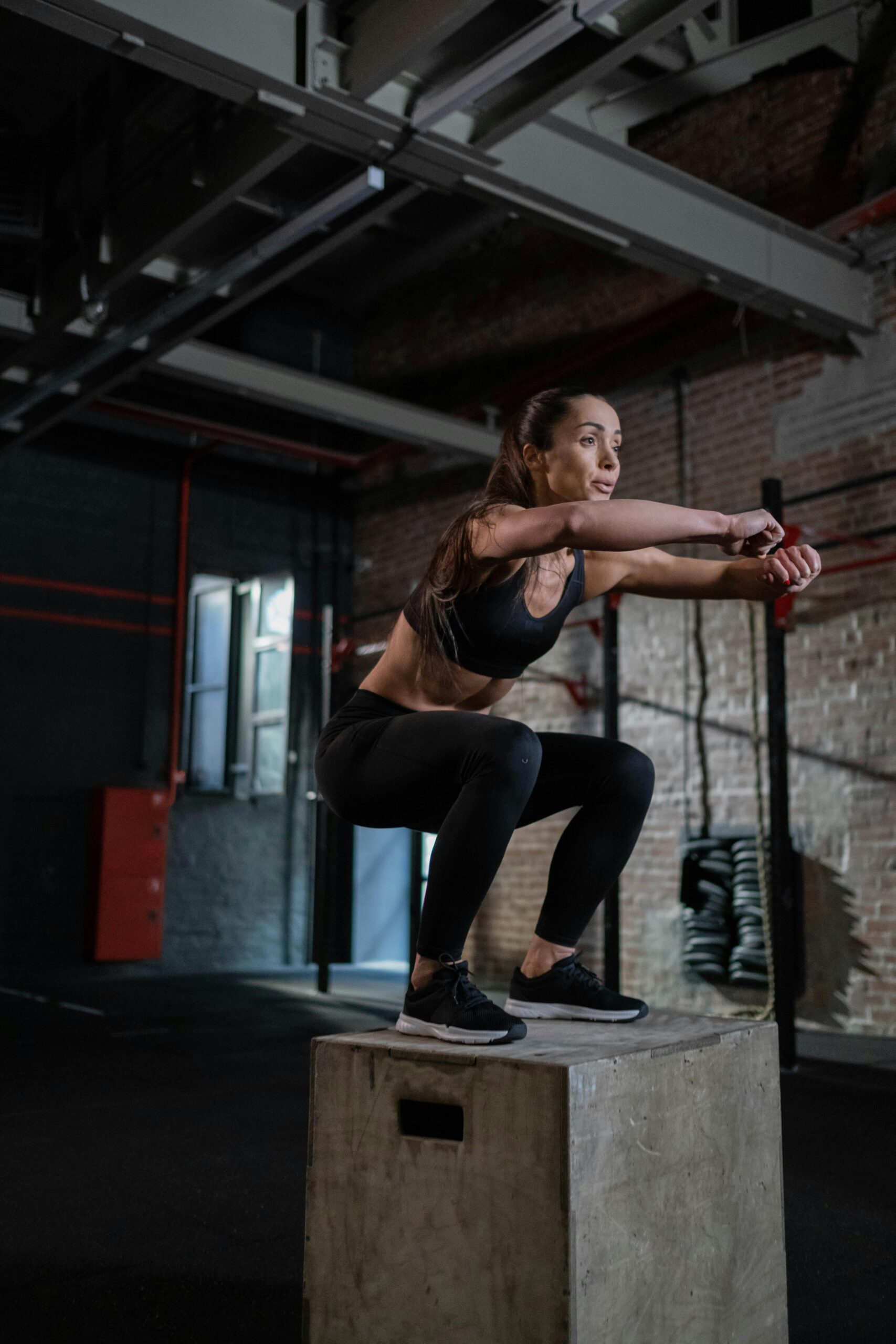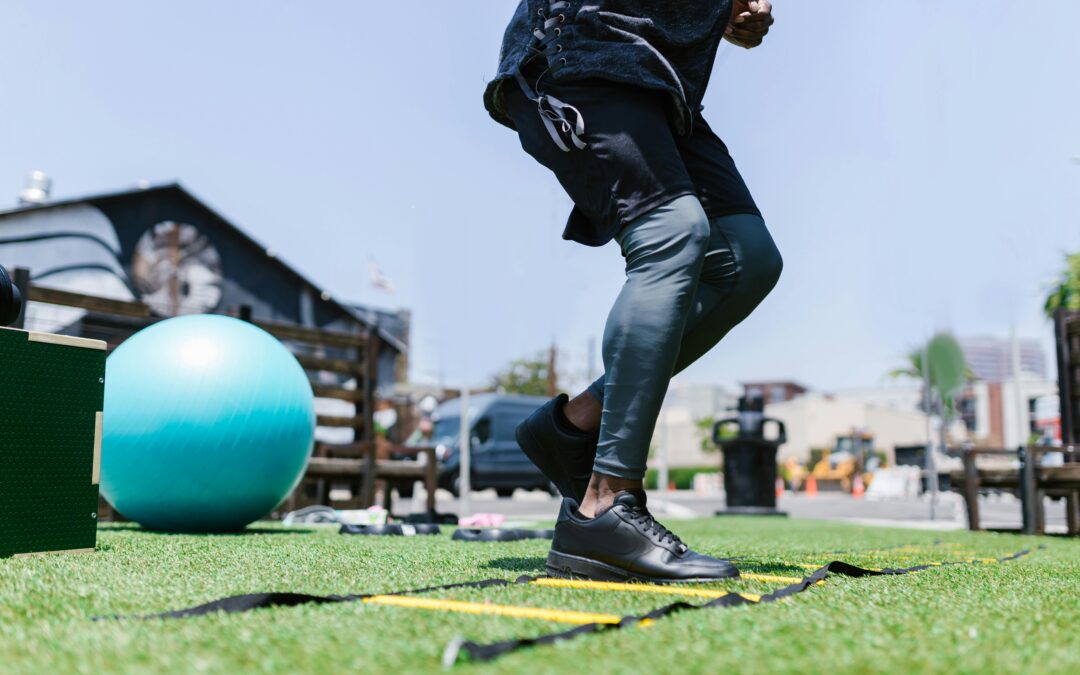Plyometric training has long been celebrated for enhancing athletic performance, but its crucial role in injury prevention deserves equal attention. These dynamic, explosive exercises do far more than just improve your vertical jump or sprint speed—they create resilient athletes who stay in the game longer.
At its core, plyometric training teaches your neuromuscular system to absorb, control, and redirect force efficiently—precisely the skills needed to prevent many common sports injuries. Research has consistently shown that athletes who incorporate properly designed plyometric exercises experience significantly lower rates of ACL tears, ankle sprains, and hamstring strains compared to those who rely on strength training alone.
The magic happens through several physiological adaptations. First, plyometrics strengthen the tendons and ligaments that stabilize joints, creating greater structural integrity during unpredictable movements. Second, they improve proprioception—your body’s awareness of its position in space—helping you maintain control during landing, cutting, and pivoting. Third, they train your muscles to fire more quickly and in better coordination, reducing the dangerous lag time between recognizing a risky position and correcting it.
A particularly valuable benefit is how plyometrics improve landing mechanics. Many non-contact injuries occur during landings when forces aren’t properly absorbed throughout the kinetic chain. Progressive plyometric training teaches athletes to “stick” their landings with proper alignment, distributing impact forces more evenly and reducing strain on vulnerable structures like the ACL.
Perhaps most importantly, plyometrics bridge the gap between the weight room and the playing field. Many athletes develop adequate strength but still get injured because they haven’t learned to apply that strength at game speed or in unpredictable situations. Properly designed plyometric exercises create this crucial connection, training the body to control movement under the same challenging conditions encountered during competition.
When incorporated into a comprehensive injury prevention program, plyometric training becomes a powerful tool for building athletes who don’t just perform better—they last longer. And that’s a winning combination for athletes at every level.





0 Comments